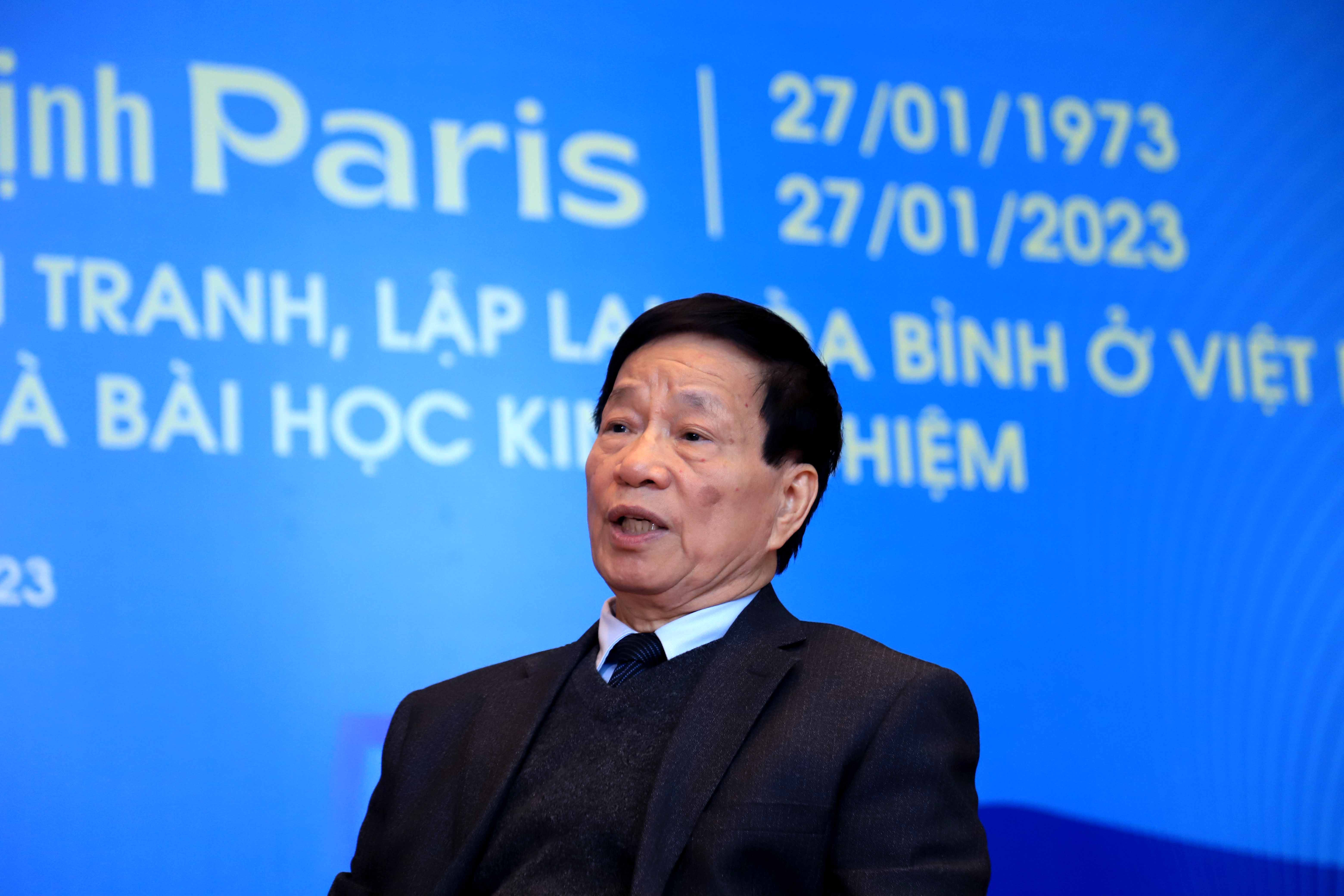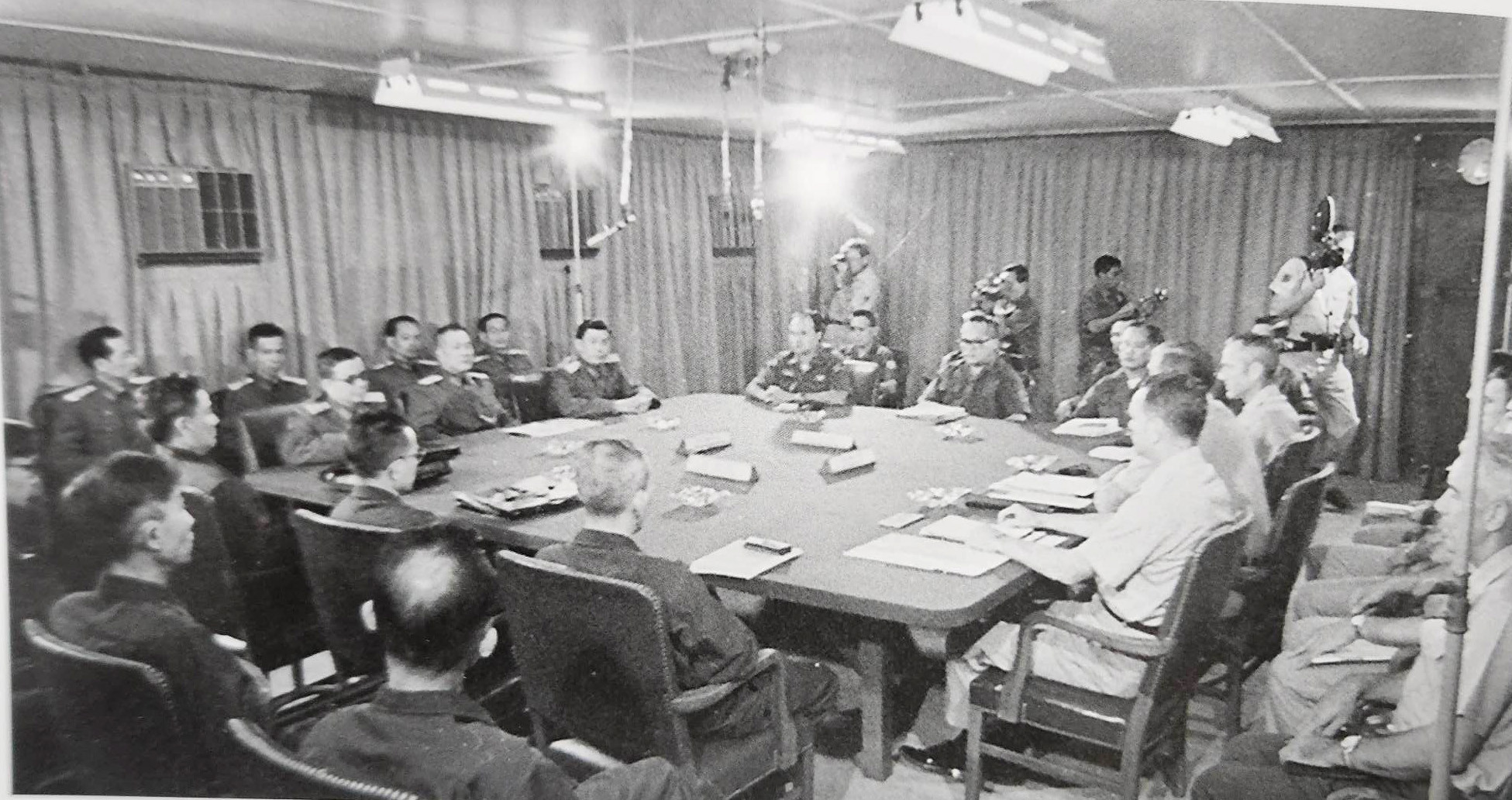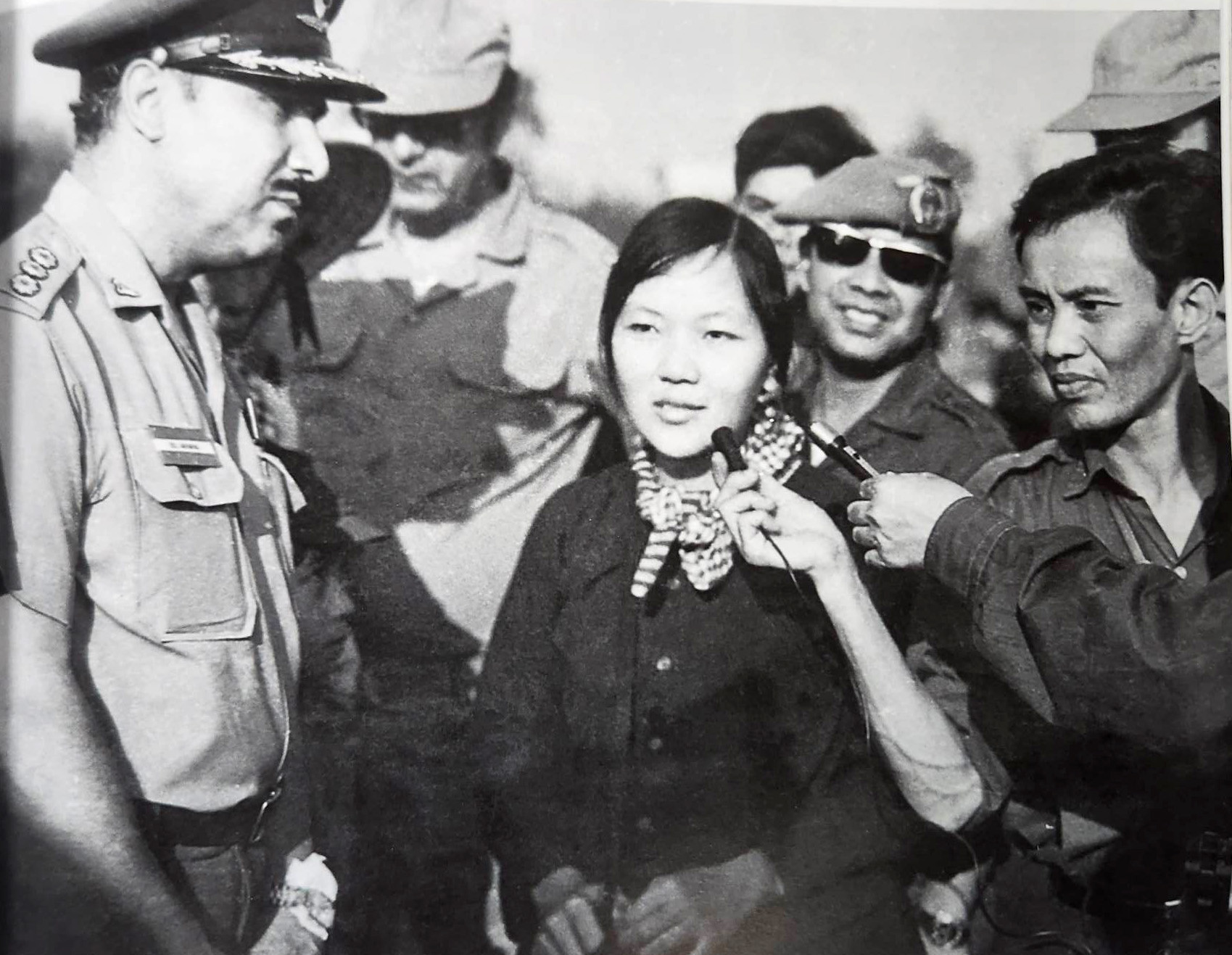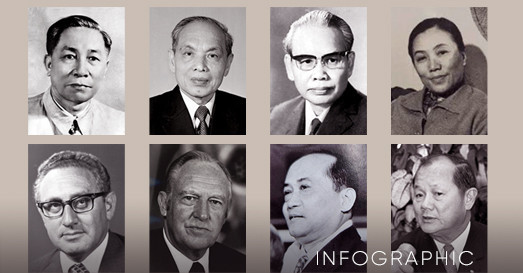50 years of the Paris Agreement: Remembering the story of entering the enemy's heart using enemy means
Implementing the 1973 Paris Agreement, for the first time in history, a Vietnamese delegation made a lightning-fast march from Hanoi into enemy territory (Tan Son Nhat, Saigon) using enemy vehicles.
Colonel Dao Chi Cong - Head of the Veterans Liaison Committee of the Davis Camp Military Liaison Committee, emotionally shared that after half a century, looking back every time we talk about the Paris Agreement, we cannot help but mention a very important stage, which is the implementation of the agreement.
The Four-Party Joint Military Commission of the Provisional Revolutionary Government of the Republic of South Vietnam, the Government of the Democratic Republic of Vietnam, the Government of the United States of America and the Government of the Republic of Vietnam was established to ensure the implementation of the agreement.
The military delegation of the Government of the Democratic Republic of Vietnam (Delegation A), led by Major General Le Quang Hoa. The military delegation of the Provisional Revolutionary Government of the Republic of South Vietnam (Delegation B), led by Lieutenant General Tran Van Tra. The delegation consisted of cadres and officers of the Vietnam People's Army and the Liberation Army of South Vietnam and members of other ministries and branches.
 |
Colonel Dao Chi Cong. |
The two delegations were established in special circumstances and contexts to carry out special missions and implement the agreement. This can be considered a shock force in the common front, implementing military provisions such as ceasefire; withdrawal of US and vassal troops; cancellation of US military bases; return of military and civilian personnel and search for missing people... Mr. Dao Chi Cong said that at that time he was very proud to be a member of the delegation even though he did not fully understand the work.
Shortly after its establishment, two delegations set off. The Democratic Republic of Vietnam delegation came from two directions: A small group separated from the negotiating delegation at the Paris conference led by Colonel Luu Van Loi; the main group came from Hanoi led by Major General, Head of the delegation Le Quang Hoa. Major General Hoa's group flew in from Hanoi on the most modern American C130 aircraft.
Colonel Dao Chi Cong affirmed that perhaps this was the first time in the nation's history that a lightning-fast march into enemy territory to carry out a peace mission using the enemy's own means.
The Provisional Revolutionary Government delegation came from three directions: A small group from Paris, led by Colonel Dang Van Thu; a group from Hanoi, led by Colonel Vo Dong Giang; and the main group from Loc Ninh, led by Lieutenant General, Head of the delegation Tran Van Tra.
From January 28, 1973, groups A and B arrived at Tan Son Nhat airport.
“As soon as our advance team from Hanoi landed, the US military police and their henchmen blocked the plane door and asked us to go through immigration procedures. A fierce struggle took place as soon as the team got off the plane, lasting from the afternoon of January 28 to the afternoon of January 29, forcing the US and its henchmen to drop this unreasonable request,” Mr. Cong recounted.
 |
The first meeting of the Four-Party Joint Military Commission in Saigon at 3:00 p.m. on February 2, 1973. Photo: News Publishing House |
The delegation led by Lieutenant General Tran Van Tra from Loc Ninh also encountered no less difficulties when, according to the agreement, the US sent helicopters to Thien Ngon airport (North Tay Ninh) to pick up. At the appointed time, two planes appeared, circling and dropping a series of bombs on the pick-up point. Thanks to vigilance, our side suffered no damage...
After such times, our side strongly condemned this action of the US and was forced to make concessions, pledging to ensure the safety of our delegation in transporting to Camp Davis. By January 29-30, all our delegations had gathered in Saigon.
Davis Camp is located in Tan Son Nhat Air Base (Saigon), with an area of about 33,000m2, there are some specialized houses and 45 houses with wooden stilts and asbestos-cement roofs. Two delegations of the Provisional Revolutionary Government of the Republic of South Vietnam and the Democratic Republic of Vietnam were present from the end of January 1973.
The Paris Agreement only mentioned the establishment of a Joint Military Commission but did not specify how to implement the agreement. As soon as the four delegations met, there was a debate about what sub-committee to establish. It took several days to reach an agreement on the Military sub-committee, the Return sub-committee, the Procedures sub-committee, and the Implementation sub-committee.
Colonel Cong added that there was also a struggle over the agreement on what color to use for the flag of the Joint Military Commission, or the concentration of American troops in Tan Son Nhat, Da Nang or Nha Trang, and many other regulations that created debate.
According to the terms of the Paris Agreement, the implementation of the cessation of hostilities and troop withdrawal took place within 60 days, but in reality, just agreeing on the procedures took up to ten days.
 |
Female soldier Vo Thi Thang answers international reporters' questions at the prisoner exchange ceremony at Loc Ninh airport in 1973. Photo: News Publishing House |
Mr. Phan Duc Thang, former interpreter officer of the military delegation of the Provisional Revolutionary Government of the Republic of South Vietnam, still remembers the press conference on the morning of April 26, 1975 with about 200 people attending.
Colonel, Deputy Head of the delegation Vo Dong Giang announced the official Declaration of the Provisional Revolutionary Government of the Republic of South Vietnam, setting out the conditions for opening negotiations, including 9 conditions with the US and 7 conditions with the Saigon government. In fact, the Declaration of the Provisional Revolutionary Government was an "ultimatum" forcing the US to end its intervention and forcing the Saigon puppet government to surrender unconditionally. The press conference demonstrated the revolution's firm stance before international public opinion and public opinion in the South, the stance of a victor.
Coordinating the struggle to demand the US and the Saigon puppet regime to strictly implement the Paris Agreement, our two military delegations at the Joint Military Commission attached great importance to the public opinion struggle. Saigon had 77 foreign news and press agencies, including more than 20 US press agencies and more than 500 foreign journalists. Our two delegations at Davis Camp maintained relations, maintained contacts and gave interviews to foreign reporters. Davis Camp was truly the world's information "hot spot".
After 823 days and nights at Davis Camp (from January 28, 1973 to April 30, 1975), the military delegation of the Provisional Revolutionary Government of the Republic of South Vietnam and the Government of the Democratic Republic of Vietnam successfully completed their mission on the military-diplomatic front, fighting to ensure the implementation of the Paris Agreement on Vietnam.

50 years of the Paris Agreement through special numbers
27/01/2023
